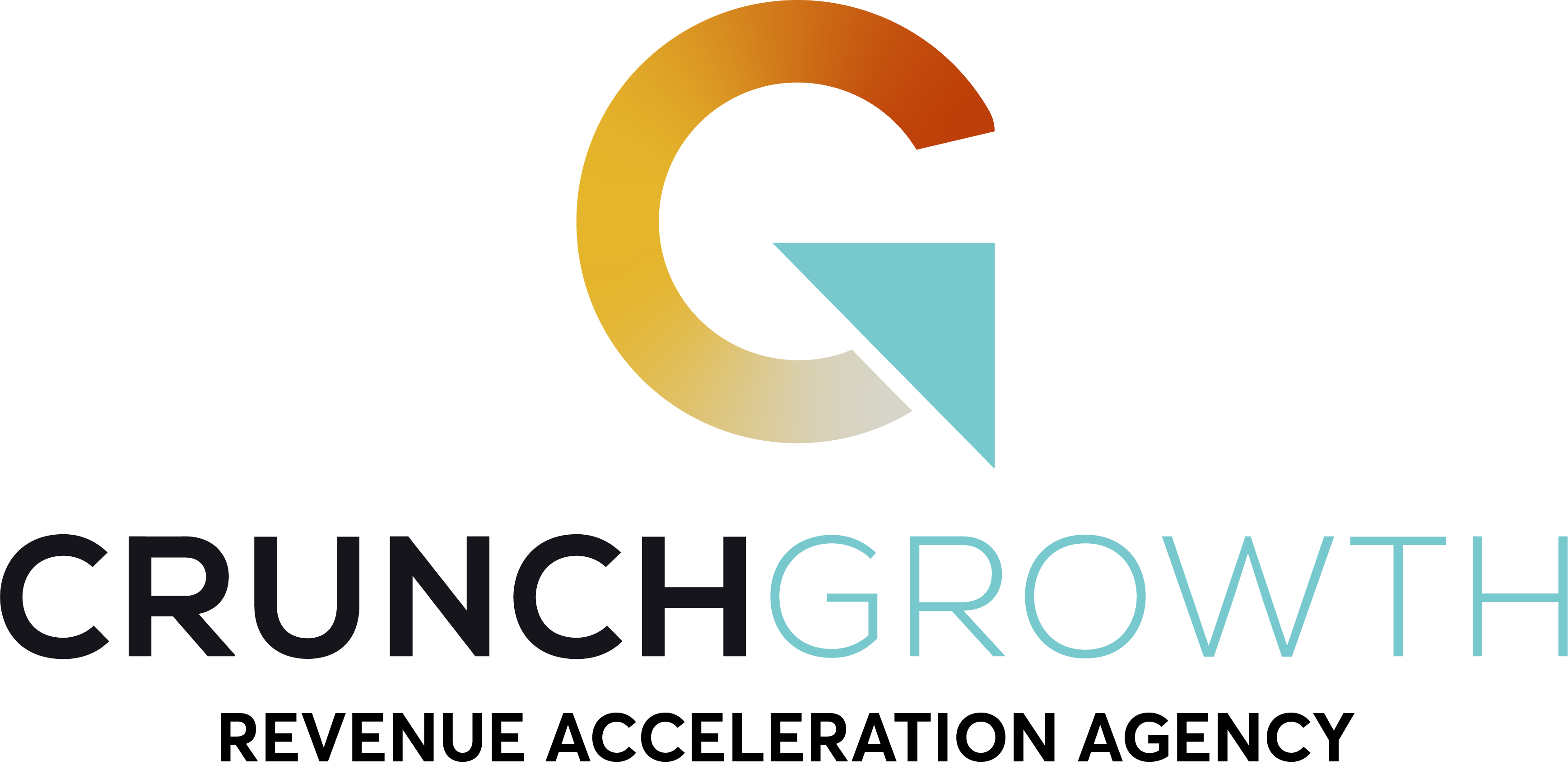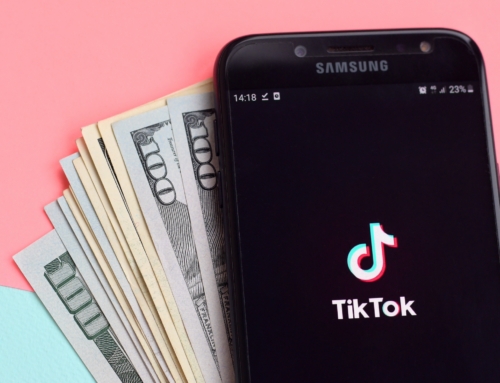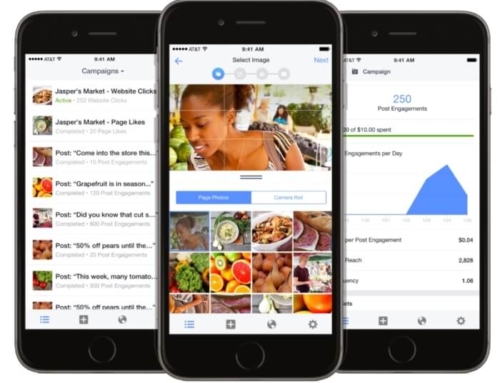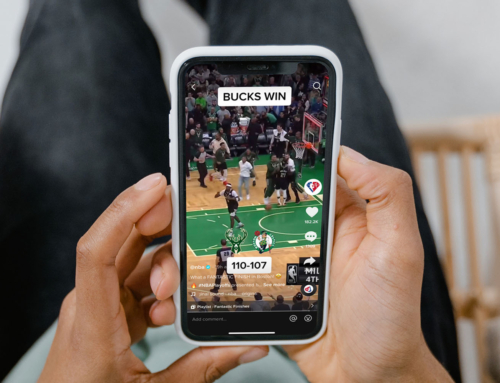Social Media marketing is dead. It was killed by the very platforms that built it. This death was caused by a lack of oversight. An allowance of fraud has destroyed credibility. Social Media Marketing Platforms are no longer a promising sales and engagement channel.
Brands were promised that they could gain followers and sales with quality content. They could market by posting this content on social media marketing channels. Instagram, Facebook, YouTube, and Pinterest were supposed to be valuable social media marketing tools. A following of influencers would share your content to sell more product. This formula doesn’t work the way that it should.
Brands began dumping money into social media marketing management. Everyone hires agencies to help them create videos and content. Nothing happens. Yes, they may get a few likes and shares. But, these posts get nothing close to the expected return. If brands measured their performances, they would realize the channel is deteriorating fast. Their money and effort would be better served on other channels.
Vat19 CEO Cautions Marketers
Look at a brand like Vat19. The brand put a lot of effort into social media marketing — specifically Youtube. Their CEO, Jamie Salvatori, cautioned brands at the Internet Retail Conference of 2018 with these words:
“Is social media worth it?” Mr. Salvatori said. “I would argue that it’s not. I’m talking about the creation and posting of so-called organic content for your company or brand. The promise of social media was, ‘I make all this content and I can put it up there and I can build this audience, I’m going to build my brand, I’m going to build my sales …’ I’ve been making these videos for 12 years. It doesn’t work that way in my experience too much.”
Jamie goes on to discuss the cost and resources. He talks about the number of people and the amount of time spent. Vat 19 YouTube channel had resulted in the most conversions. However, it is a professionalized operation with 10 full-time employees on which they spend $15,000 to $20,000 a month for ads. This is counter to the notion that creating organic content is easy and free.
Some other statistics Jamie shared with the audience. Vat 19 has 202,000 Facebook followers accounting for 1.4% of sales. 185,000 Instagram followers accounting for 0.8% of sales and 41,000 Twitter followers accounts for no sales.
Imagine that. After all of this time and effort, they don’t see a payback.
E-commerce allows marketers to track and measure every bit of spending. This wealth of data is a great strength of digital marketing. For some reason, brands still approach e-commerce as they did with offline marketing. They’re not paying attention to the return metrics.
Those kinds of issues can be overcome. What’s really discouraging about Social Media Marketing are the platforms themselves. Let’s discuss what’s actually going on.
Fake Accounts
Between January and March 2018, Facebook reported that it eliminated 583 million fake accounts. Out of 2.2 Billion active accounts, that is 26.5% of all accounts. Therefore, 26.5% of your marketing efforts are reaching no one. Of course, Facebook claims that only 4% of active accounts are fake. But that goes against their actual disclosures. So what is the reality? From our experience with tracking our spend vs. return, we believe the 26.5% number.
Twitter has over 385 million active users. Yet, nearly 68 million of those users have proven to be bots. That is 17% of total users. One company claims it created over 200 million fake accounts on Twitter. If those numbers are accurate, there are around 100 million real users on Twitter. So, who are you really speaking to?
Some beauty and brand marketers are touting the value of Pinterest. Yet, not one study can point to any sort of ROI by advertising on Pinterest. In fact, it is the opposite. Pinners are pinning for themselves and their friends. They do not take action in numbers large enough to create sales. On top of that, fake accounts for spammers have been prevalent since 2012.
Of the 1 billion worldwide Instagram users, 10% have been identified as bots. Add the 30% that have already been identified as fake or inactive accounts. With these statistics, the 1 billion user rate falls by 40% to around 600 million. This isn’t a small number. You are paying for fake clicks. This means your efforts are targeting fake accounts and fake influencers.
One of the worst platforms for social media marketing and anything else. LinkedIn won’t even acknowledge their problem. We are beginning to think that no LinkedIn account is real anymore. I have personally gotten identical messages from over 32 people who have linked up with me. To the letter, the exact same words. Obviously, bots are being used. The minute you accept a link, you get an email selling you something. B2B marketers will tell you it’s the most significant platform for developing leads. But, it definitely isn’t. LinkedIn is expensive and has a meager return. We suspect this return is because you are targetting fake profiles.
Selling Your Data
We have seen enough examples of Facebook and other platforms selling user data to third parties. Every time they deny doing it, it gets disproved. So, what’s the real purpose of the platforms? To create a social network? Or, to garner data from users to sell to the highest bidder?
Manipulation of Users
The Cambridge Analytica scandal exposed this corruption. User manipulation is rampant in social media. Social networks have allowed companies to use the platforms for their own gain. Posts, game theory, and propaganda are used to manipulate user discussions. This has led to such an unhealthy environment on social media. In fact, many people are rejecting the sites.
What about Influencers?
Influencer marketing is great. However, it is only worth it if the influencer is real and hasn’t inflated their numbers. But we know this isn’t reality. Many studies have proven that very few influencers drive traffic to a site, let alone sales.
Almost every day, we read a new article about an “influencer” who’s a fraud. As I write this article, a major vegan influencer has been exposed for eating meat, fish, and eggs. Fashion and travel influencers are caught photoshopping their images to show them in exotic places. In truth, they never left their apartment in Boise. Yet, brands are pouring more money and effort into influencer marketing.
Why do brands continue to push Influencers?
They think they need to. They hired a marketer who read that this is the trend.
Once again, the beauty of digital marketing is that everything can be measured for a return. The data available is accurate and easy to comprehend. Focusing on impressions, digital marketing can be measured in terms of sales. Also, you can see traffic generated from a marketing plan.
You may have heard this famous quote from John Wanamaker:
“Half the money I spend on advertising is wasted; the trouble is I don’t know which half.”
In the digital world, you do know which half is wasted. Everything is measurable. Not paying attention to these measurements is irresponsible. There’s no need to treat digital marketing the way we did offline. Neglecting to study data leads to ineffective advertising. In other words, you’re wasting money.
Should you bother with social media at all?
I’m not suggesting that a brand shouldn’t be active on social media. There are brand benefits. But, social media is not a primary selling channel. It shouldn’t even be a secondary selling channel. If a brand believes it can be, they need to step back and evaluate their metrics.
It is a useful tool for engaging with customers, building a brand, and sharing content. But when it comes to marketing, brands cannot enter this world blindly.
Don’t just spend money on social media marketing and advertising because you think you have to. Measure your results. Test several variations of ads. If none work, then don’t waste your money. Allocate it to another channel that’s working.
Is Influencer Marketing Worth The Hype?
Choose your influencers wisely. One great influencer may be all that you need. Measure the results of what they are doing. If you’re not getting any return on your spend with an influencer, end it. Chances are they have no reach.
Develop a metric for what you’re willing to pay for an influencer. Don’t let them set the price. Base it upon something. One metric we use is $0.02 per unique view of posts and content and $0.04 per unique view of a video.
What does this mean? If an influencer averages 100,000 verified authentic views for a post, that post is worth $2,000. If they average 100,000 verified authentic views on a video, it is worth $4,000. They’re not worth the tens of thousand some influencers might claim. Measure the results after the first post or video. If you get less than 2,000 visits to your site, renegotiate the rate or shut it down. If an influencer cannot guarantee a 2% response rate, there is no real engagement or value.
Social Media Marketing is not the sales channel it was promised to be. It could have been. And the fault lays at the feet of the platforms themselves.











Leave A Comment